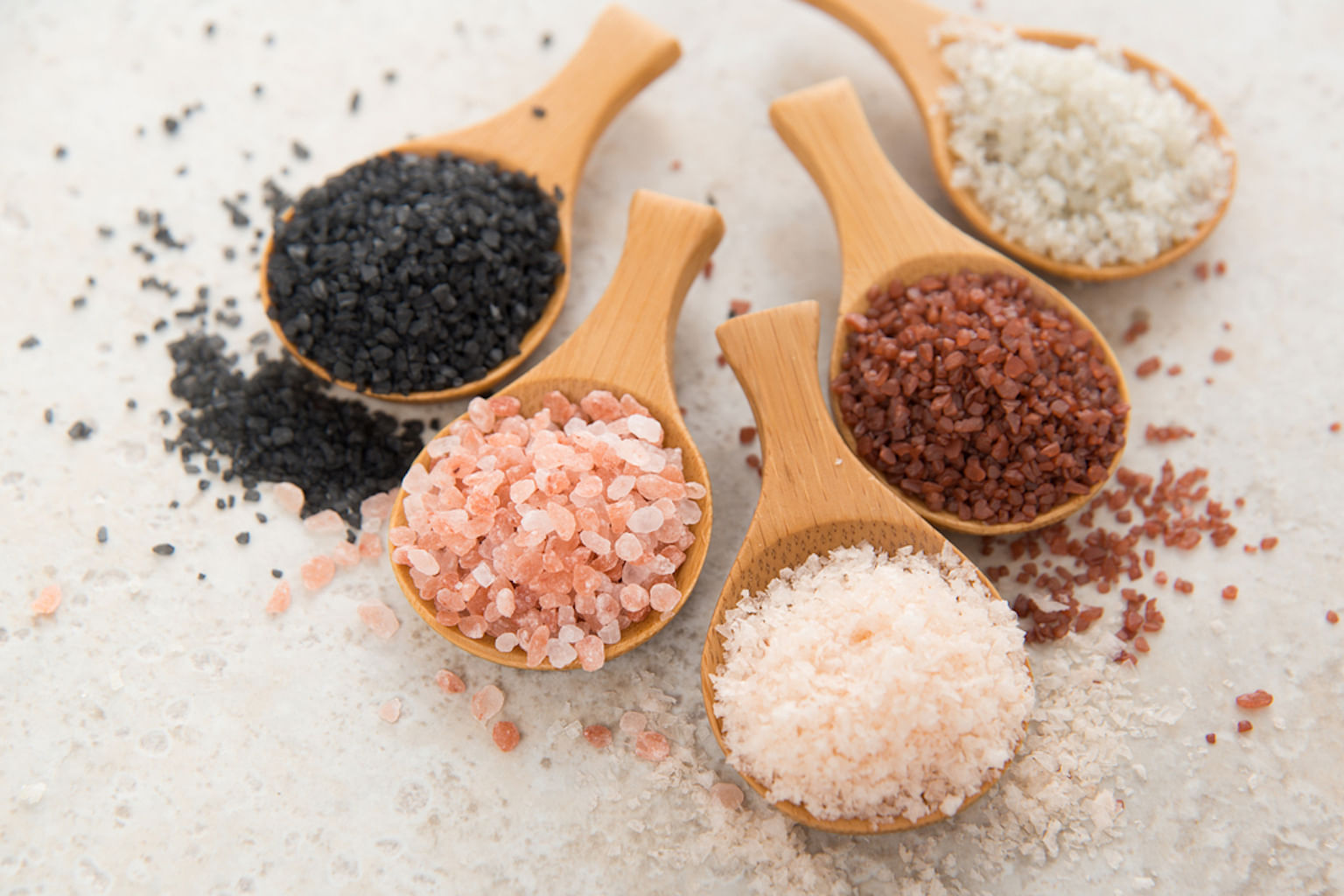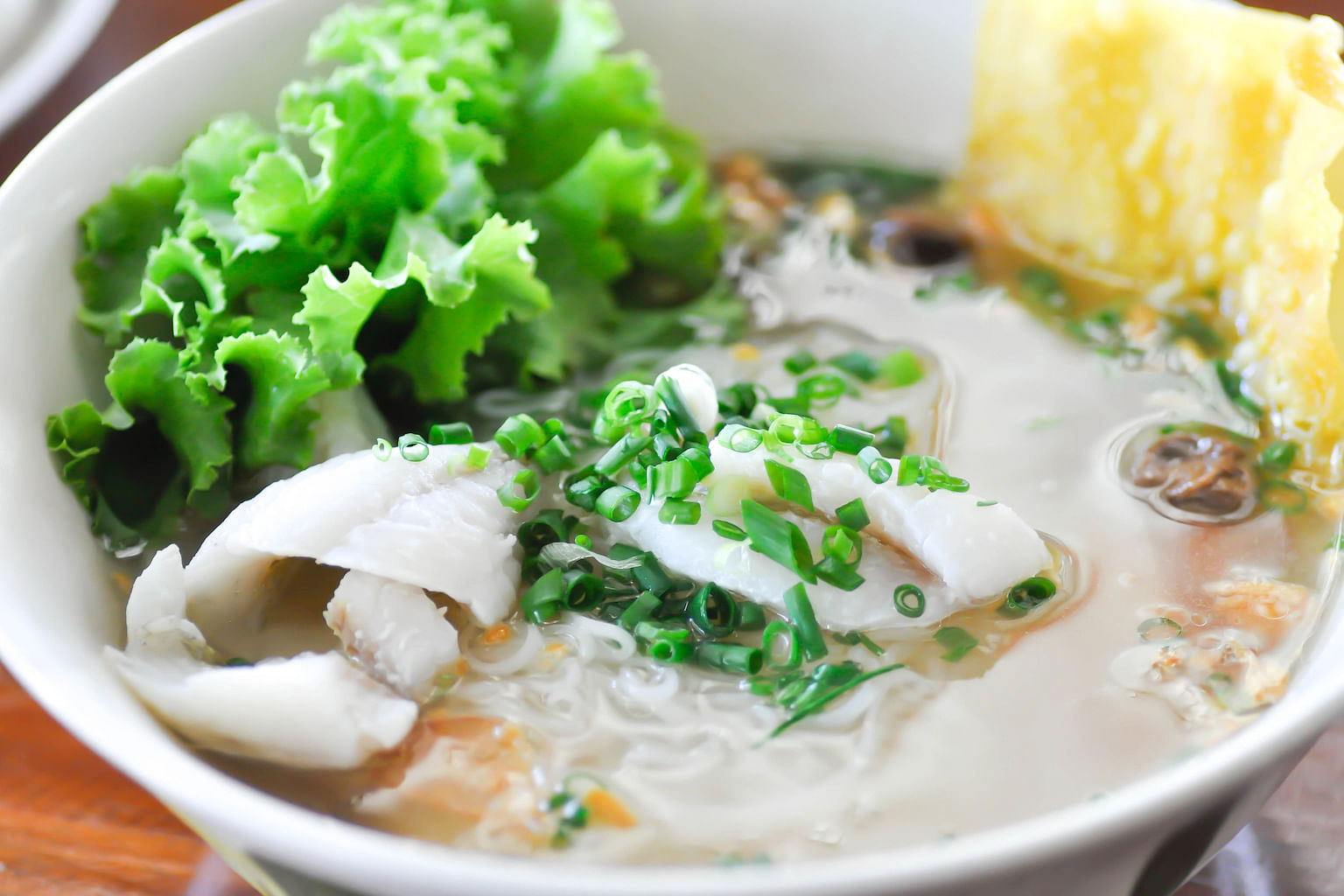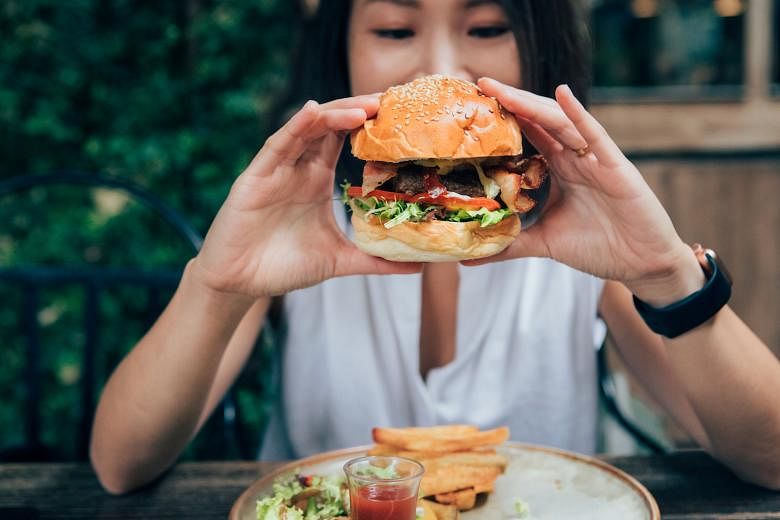Cardiovascular disease (CVD) is the leading cause of death in Singapore. According to statistics released by the Singapore Heart Foundation (SHF) in 2020, 19 people die from heart disease and stroke every day. This risk has become higher in our current pandemic situation where a COVID-19 infection can bring about severe complications in patients with underlying heart conditions.
CVD has many causes - and genetics is one of them. But an underlying condition that is often overlooked is hypertension or high blood pressure. If left unchecked, this can lead to serious heart-related conditions, like increasing your risk of suffering a heart attack and stroke.
It is also a more widespread condition than commonly believed. Slightly less than one in four people aged 30 to 69 years has high blood pressure. In a stressful urban environment like Singapore, this may seem par for the course, but it has a lot more to do with certain lifestyle choices than meeting deadlines at work.
Consuming a high sodium intake in one's diet is one of the causes for hypertension. That's why the focus of the National Heart Week/World Heart Day 2021 Virtual, organised by SHF, is on raising awareness on the link between hypertension and sodium intake. Taking place from September 18 to October 3, 2021, the virtual event will feature a line-up of activities such as health talks and a cooking workshop, as well as the exciting Hugopoly, an interactive single-player online game, to educate the public on the risks of prolonged excessive sodium intake, and how to adopt a low-sodium diet.
This begs the question: How much sodium should we be consuming?

How much is too much sodium?
The recommended daily sodium limit is 2,000mg per day, equivalent to 5g or ¾ teaspoon of salt. But numbers released by the Ministry of Health estimate that Singaporeans consume close to 3,600mg of sodium or 9g of salt in a day - almost twice the recommended daily intake.
This excess sodium increases blood pressure and can lead to serious health complications over time, says Mr Lim Kiat, senior nutritionist at SHF. "Too much sodium in the diet will cause the body to retain water and increase blood volume. As a result, it forces the heart to work harder, leading to higher blood pressure, which can then lead to complications such as heart disease, kidney disease and stroke," he explains.
What makes it more challenging is that there is a lot of hidden sodium in the food we eat. More so in condiment-heavy Asian cuisine. For instance, the ubiquitous soy sauce has almost 920mg of sodium per tablespoon, shrimp paste has more than 1,400mg, and monosodium glutamate, which is the mainstay in most soupy dishes, has over 2,000mg of sodium per tablespoon. Processed curry pastes and stock cubes also have extensive amounts of sodium. This means that it is possible to exceed one's daily sodium limit in just one meal.
That said, it is also important to understand the importance of sodium for our body. "The human body requires a small amount of sodium, estimated at less than 500mg daily, for vital body functions such as nerves and muscular functions, and to maintain the proper balance of water and minerals," says Mr Lim.
Your daily sodium intake can however be easily achieved through regular three meals a day, even without the addition of any salt. "For example, just by consuming fresh foods like two eggs, two slices of wholemeal or white bread, one palm-sized salmon and chicken breast, without any seasoning or spread, will give you 541mg of sodium," explains Mr Lim.
Taking the first steps towards better health
If there's anything the pandemic has brought to the fore, it's the importance of good health, and there's no better time than now to take that step in the right direction. But this does not mean one has to eat tasteless, bland food either.
Along with information on the importance and benefits of a low-sodium lifestyle, the SHF website offers tips on how one can keep track of their sodium consumption. The site also offers easy-to-make recipes such as Air fried Salmon with Brown Rice Vermicelli and Chicken Burger with Rainbow Salad, among others, that will help make the transition towards a low-sodium lifestyle a smooth one.
SHF has also initiated interactive resources such as Hugopoly, a single player game which motivates one to make heart-healthy choices in their lives. In this game, participants move around the board at the roll of the virtual dice. When they stop on certain special tiles such as Chance and Hearty Chest, they have to respond to a pop-up question. Each correct answer gains them points, which they can accumulate and use to redeem attractive prizes such as a Philips Airfryer, FairPrice vouchers, free CPR+AED Certification Course, and the like.

-
5 ways to cut sodium from your diet
Whether you cook at home or dine out, maintaining a low-sodium diet can be tough. These easy tips and tricks can make it easier. -
Read the label
While cooking your own meals is a healthier option, it can be counterproductive if you use ingredients that are high in sodium. Look out for items that have the Healthier Choice Symbol "Lower in Sodium" on the label. Ensure that you read the nutrition information provided as well - and select products with lower sodium content (based on "per 100g" breakdown).
-
Temper the seasoning
Salt is naturally present in low levels in all foods, so any addition is tantamount to double seasoning, especially when it comes to foods that have been marinated. Always do a taste test when cooking, and where salt is required, opt for the low-sodium variety.
-
Go fresh
Certain dishes do not require salt at all - in fact, fresh or dried herbs and certain spices impart a similar hit of flavour, and then some. Onions, garlic and ginger, and spices such as chilli, pepper and turmeric are effective when it comes to seasoning, making it unnecessary to add any more salt.
-
Leave the soup behind
When dining out, it is important to find ways to keep your sodium intake in check. When it comes to your favourite hawker fare, just one meal can put you at the top of your daily sodium consumption limit, thanks to the high amounts of MSG usually found in soup.
For instance, a bowl of sliced fish bee hoon soup and mee soto pack 1,413mg and 1,537mg of sodium, respectively. So, enjoy the food but just make sure to leave the soup behind.
-
Be curry conscious
The same goes for curries or dishes with gravy. The sodium content in these dishes can chalk up anything between 71 to 90 per cent of your recommended daily sodium intake, so do refrain from slurping up all the gravy.
Visit the event website at myheart.org.sg/world-heart-day for more heart health info, a cooking demo, a variety of health talks and virtual exercises you can follow at home.


